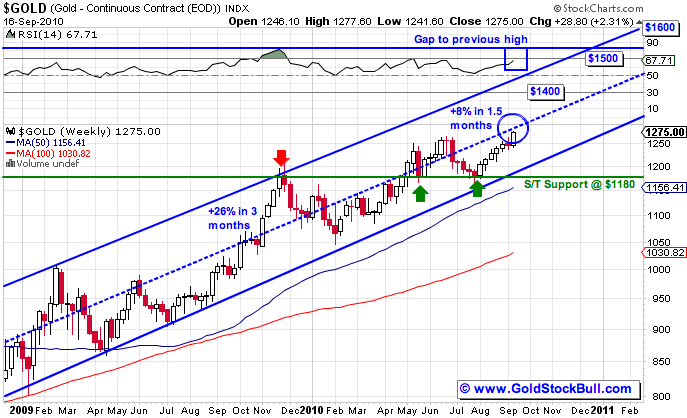Att Advisors How Much Asset Class Diversification Is Really Necessary munKNEE
Post on: 25 Апрель, 2015 No Comment

[No one would argue that] diversification is not a sound investment practice but exactly how much risk reduction, in actual numbers, is obtained through application of this philosophy? This analysis is an attempt to quantitatively determine its relevance [and you will be surprised by the answer. Read on!] Words: 1317
stockmarketcookbook.com ) and Pat Glenn, in edited excerpts from their original article* which Lorimer Wilson, editor of www.munKNEE.com (Your Key to Making Money!), has edited below for length and clarity – see Editor’s Note at the bottom of the page. This paragraph must be included in any article re-posting to avoid copyright infringement.
The article goes on to say, in part:
Everyone assumes that broad asset class diversification in an investment portfolio is advantageous. [Read: Asset Allocation: How Sound is the Foundation of Your Portfolio Pyramid?] The major benefit is to reduce the risk associated with events that can trigger a decline in any one asset class. By holding a variety of asset classes that are mostly uncorrelated with one another, the investor hopes to avoid those catastrophic occurrences that completely wipe out years of gains, such as what happened during the credit crisis of 2008. Further, diversification makes financial planning more reliable and predictable by reducing the variations in portfolio performance from year to year.
The ideal tool for performing the analysis is Modern Portfolio Theory (MPT), a Nobel Prize-winning approach utilizing complex mathematics to tell you how to best allocate your funds among various asset classes to minimize risk.
Risk can be looked at as fluctuations in portfolio returns. In MPT, risk is measured by a statistical term called the standard deviation. [For more on MPT read: Understanding Systematic Risk, Modern Portfolio Theory and the Efficient Frontier ] It is this quantity that MPT seeks to minimize in recommending portfolio allocations
The portfolios considered here used monthly total return data taken from January 1928 through May 2011 for each of the following 10 asset classes:
- Large-Cap U.S. Stocks
- Small U.S. Stocks
- Long-Term Corporate Bonds
- Long-Term Government Bonds
- Intermediate-Term Government Bonds
- 30-day U.S. Treasury Bills
- Real Estate Investment Trusts (REITs)
- International Stocks
- International Bonds
- Gold
Each of these asset classes are themselves composed of a broad diversification of assets within that class. This article does not address that need, only the benefits of diversification among various classes.
The methodology used in this analysis was to first establish a baseline return/risk table using all 10 candidate asset classes (Table 1 below). You’ll see that the table contains certain measures of risk defined as follows:
- Standard Deviation – statistical measure of portfolio return fluctuation around the target return.
- Probability of Loss – chance of that portfolio losing value in any one year.
- Sharpe Ratio – a measure of risk versus reward with larger numbers being better.
This baseline data is shown in Table 1 along with the current ten asset class portfolio allocations (through May 2011.)
Table 1. Baseline portfolio incorporating all ten candidate asset classes.
[Click all to enlarge]
The next step was to remove each asset class one by one in each of successive rounds and to assess its effect on the measures of risk. At the end of each round we chose to eliminate that asset class that increased the measures of risk the most. This was repeated for eight rounds until only two asset classes remained. Eliminations required examination of 52 separate portfolios (10+9+8+7+6+5+4+3).
Home Delivery Available! If you enjoy this site and would like to have every article sent automatically to you then go HERE and sign up to receive Your Daily Intelligence Report. We provide an easy “unsubscribe” feature should you decide to opt out at any time.
Pass it ON! Tell your friends and co-workers about us. We think munKNEE.com is one of the highest quality (content and presentation) financial sites on the internet and our current readers seem to be confirming that. Visits have been doubling yearly and pages-per-visit and time-on-site continue to reach record highs.
Spread the word. munKNEE should be in everybody’s inbox and MONEY in everybody’s wallet!
By using the above measures of risk as our benchmark, asset classes were eliminated from consideration in each successive round in the following order:
- International Bonds
- Long-Term Government Bonds
- Real Estate Investment Trusts
- Gold
- International Stocks
- 30-day U.S. Treasury Bills
- Large U.S. Stocks
- Either Intermediate-Term Government Bonds or Long-Term Corporate Bonds depending on target return
Tables 2a and 2b show the measures of risk using only two asset classes in the MPT analysis. There are two tables because different asset class combinations are preferable for the most conservative portfolios (target returns up to and including 7%) and the more aggressive ones (target returns 8% and above).
Table 2a. Two asset class allocations and risk measures for conservative portfolios














